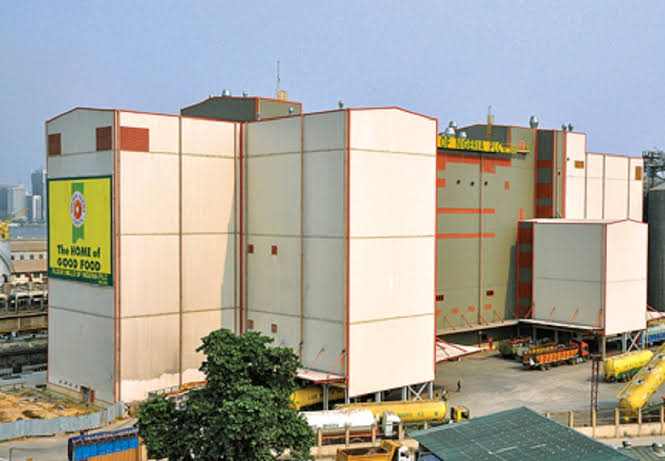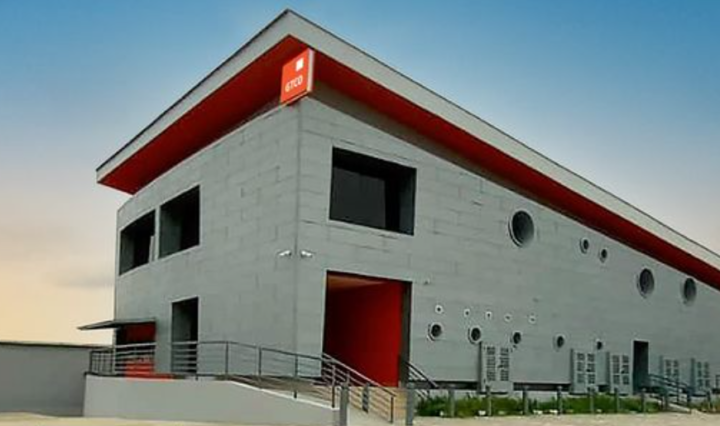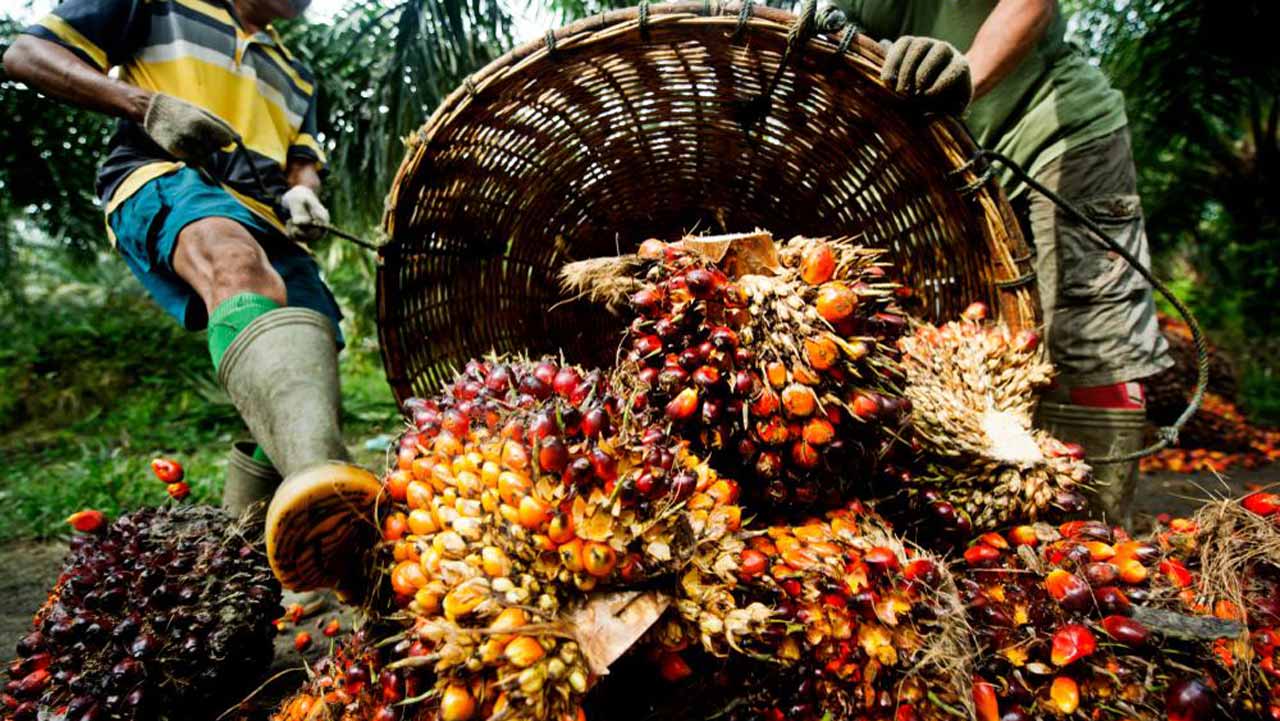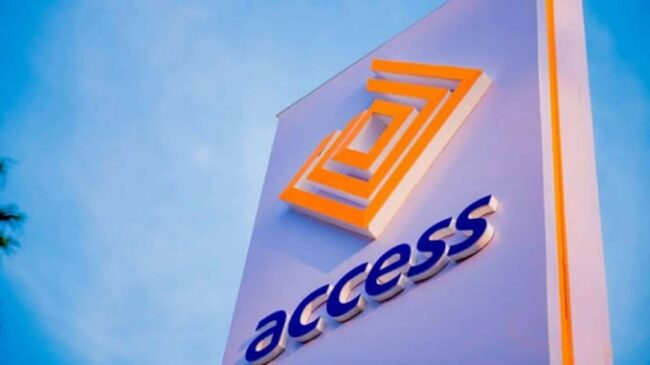Flour Mills of Nigeria (FMN) Plc is headed for a sharp slowdown in profit in its 2022 financial year ending March. The food and agro-allied company is in a cooling offseason this year after triple digit growth in profit for the two preceding years.
The company is maintaining top speed growth in revenue but rising costs have impinged significantly on margins. It closed the third quarter trading last December with a group turnover of N825 billion, already ahead of the preceding year’s closing sales revenue of N772 billion.
The nine-month revenue figure represents another top record growth of 48.6 percent year-on-year, accelerating from 34.5 percent growth in turnover at the end of the 2021 operations. With the company’s critical earnings period being the final quarter, Flour Mills looks quite good to push sales revenue above the N1 trillion-mark this financial year.
The challenge however is that the strength to convert revenue into profit has weakened compared to the preceding year. In the 2021 financial year, the company generated close to N26 billion after tax profit from the N772 billion turnover.
Advertisement
This year, the N825 billion sales revenue yielded N17 billion after tax profit at the end of the third quarter. Profit margin has gone down from 28 percent in the same period last year to 20.7 percent at the end of the third quarter of the current financial year.
Loss of profit margin against rising sales revenue points to major costs growing ahead of revenue and consuming the earnings. The main culprit is cost of sales, which rose by over 54 percent to N745 billion year-on-year compared to the 48.6 percent growth in turnover.
The increase in cost of sales amounts to N262 billion in additional spending to generate an increase of less than N270 billion in sales revenue during the review period. The proportion of sales revenue claimed by costs of sales grew from below 87 percent to over 90 percent during the period.
Advertisement
This is a reversed movement from last year’s records of the company when input cost grew at a slower pace than sales at below 31 percent to N665 billion compared to the 34.5 percent growth in turnover.
Flour Mills, therefore, achieved a significant reduction in input cost per unit of sales in its 2021 operations. It closed the year with the lowest input cost margin in six years at 86 percent and conversely, the highest gross profit margin in six years.
This year so far, the moderated input cost that provided the spur for the triple digit profit growth last year is out of the way. Gross profit margin went down from 13 percent to less than 10 percent over the review period.
The second cost encroachment came from impairment loss on trade/intercompany receivables of N635 million against a write-back of N447 million in the same period last financial year.
Advertisement
The company’s management was able to extract cost savings in all the other main cost elements, which helped it to improve the bottom line ahead of gross profit.
Selling and distribution cost moderated relative to sales revenue at an increase of 42.6 percent year-on-year to N9.6 billion. The same is true of administrative expenses, which grew by 17 percent to N21.5 billion over the same period.
The biggest cost saving was made from a drop of 36.6 percent in net operating gains and losses to less than N8 billion. This amounts to a cost reduction of N4.6 billion for the company on the expense line over the review period.
The cost reduction helped to build an operating profit of N40.4 billion at the end of the third quarter. This is an increase of 13.6 percent year-on-year over the corresponding figure of N35 billion in the preceding financial year.
Advertisement
There was a major drop of about 72 percent in finance income year-on-year to N935 million and an increase of 8 percent in finance cost to N16 billion over the same period. Net finance expenses, therefore, grew by 31 percent to over N15 billion during the period but still afforded some cost savings.
Balance sheet borrowings have taken a jump from N133 billion at the end of the 2021 financial year to over N232 billion at the end of the third quarter.
Advertisement
The last cost saving area is tax expense, which was flat at N8 billion at the end of the third quarter. The cost savings from different angles provided the strength that moderated rising input cost and permitted an increase of 13.6 percent in after tax profit to N17 billion at the end of the company’s nine months of trading.
The outlook for the company for the full year indicates that a strong final quarter is to be expected, which would prop up profit growth though the limiting effect of rising cost of sales would persist.
Advertisement
Add a comment







